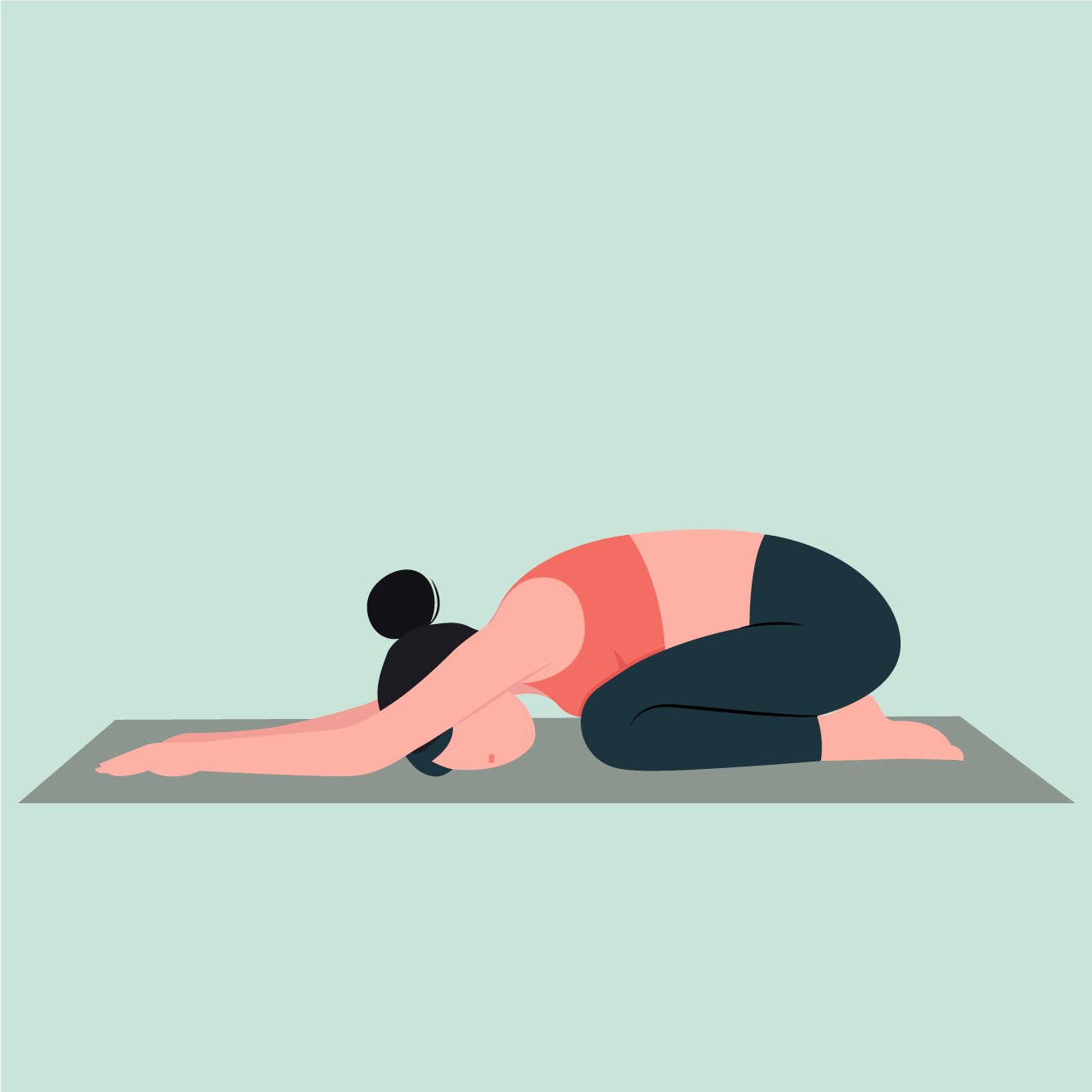Rehabilitation After Surgery - The Abdominals
The abdominals. What are they, what do they do, and why are they important for the ACL? In this blog post, we will go over all you need to know about the abdominals and some of our favorite ways to train it.
What are the abdominals?
When most people think of strong abdominals, they think of a “6 pack” aka Rectus Abdominis. While it can be part of it, the “6 pack” is just 1 piece of a much larger puzzle. The abdominals are actually a group of 4 muscles located in the trunk that have varying levels of depth (deepest to most superficial: Transverse Abdominis, Internal Obliques, External Obliques, and Rectus Abdominis). The abdominals attach to various parts of the rib cage, the pelvis, fascia in the back (thoracolumbar fascia), the front of the abdomen itself (linea alba).
What do the Abdominals Do?
The abdominals serve many functions that most are unaware of. Let’s first discuss the abdominals role in producing motion. Depending on which muscle you are looking at, the abdominals help to laterally flex (side bend), forward flex (forward bend), and rotate the trunk (twisting). In addition to producing motion, the abdominals can help to reorient the position of the rib cage and pelvis to a more neutral position that allows the musculature attached to the rib cage and pelvis to function more appropriately. Lastly and maybe most importantly, the abdominals help to manage intra-abdominal pressure by assisting with exhalation and compressing abdominal viscera. When intra-abdominal pressure is adequate, the spine is stabilized and there is more “stiffness” to the trunk. We will talk later about how trunk “stiffness” plays into decreasing stress on the ACL.
There are 4 layers to your abdominals (from deepest to most superficial): 1) Transverse Abdominis, 2) Internal Obliques, 3) External Obliques, and 4) Rectus Abdominis
Considerations after ACL surgery:
After ACL surgery, a major focus should be placed on improving abdominal strength and stability. A key role the abdominals play in athletics and other activities of daily life is providing trunk “stiffness”. While “stiffness” isn’t always thought of something positive in athletic expression, I am referring to “stiffness” as the ability to maintain good functional alignment during movement. An easy way to think about this: is your trunk and rib cage able to stay stacked over your pelvis during movement? If your abdominals are weak and you have a poor ability keep your rib cage stacked over your pelvis and have excessive trunk lean, you actually increase the potential for dynamic knee valgus (inward force on the knees). Imagine if your trunk swung side to side in an uncontrolled manner when you ran. You can see how that would not only make it significantly harder for you to run efficiently but would increase stress on your knees.
How to train them:
Oftentimes, people think that developing strong abdominals just means doing a bunch of sit ups. Remember that the abdominals do so much more than just forward flex the trunk, the motion that occurs during a sit up. You need to make sure that you are training the abdominals in multiple planes of motion and multiple modes of exercise.
Modified All Four Belly Lift
1) Start on your hands and knees.
2) Round your back and tuck your tailbone between your legs.
3) Slowly shift your weight forward so your nose is over your finger tips.
4) Press harder through your right arm and slowly offload your left.
5) Maintain this position and take 5 breaths, in through the nose and out through the mouth.
6) Repeat lifting the opposite arm.
Standing Trunk Twists
1) Anchor a band at the level of your shoulder and hold onto the opposite end with both hands.
2) Stand on 2 feet, far enough from the band so there is adequate resistance.
3) Keeping your arms straight, directly in front of your chest bone, slowly rotate your trunk away from the anchor point as far as you can manage (keep your head centered).
4) Slowly allow your trunk to return back to the starting position, before you lose sense of your obliques, initiate the next repetition.
The abdominals are an integral part of breathing, postural support, athletic performance, and ACL health. Furthermore, having adequate abdominal strength and stability helps to place our pelvis and rib cage in a better position to facilitate muscle engagement from the trunk and hip musculature. Next time you have an ACL rehab session, make sure that you spend some time training your abdominals appropriately.
Other Posts You Might Like
















